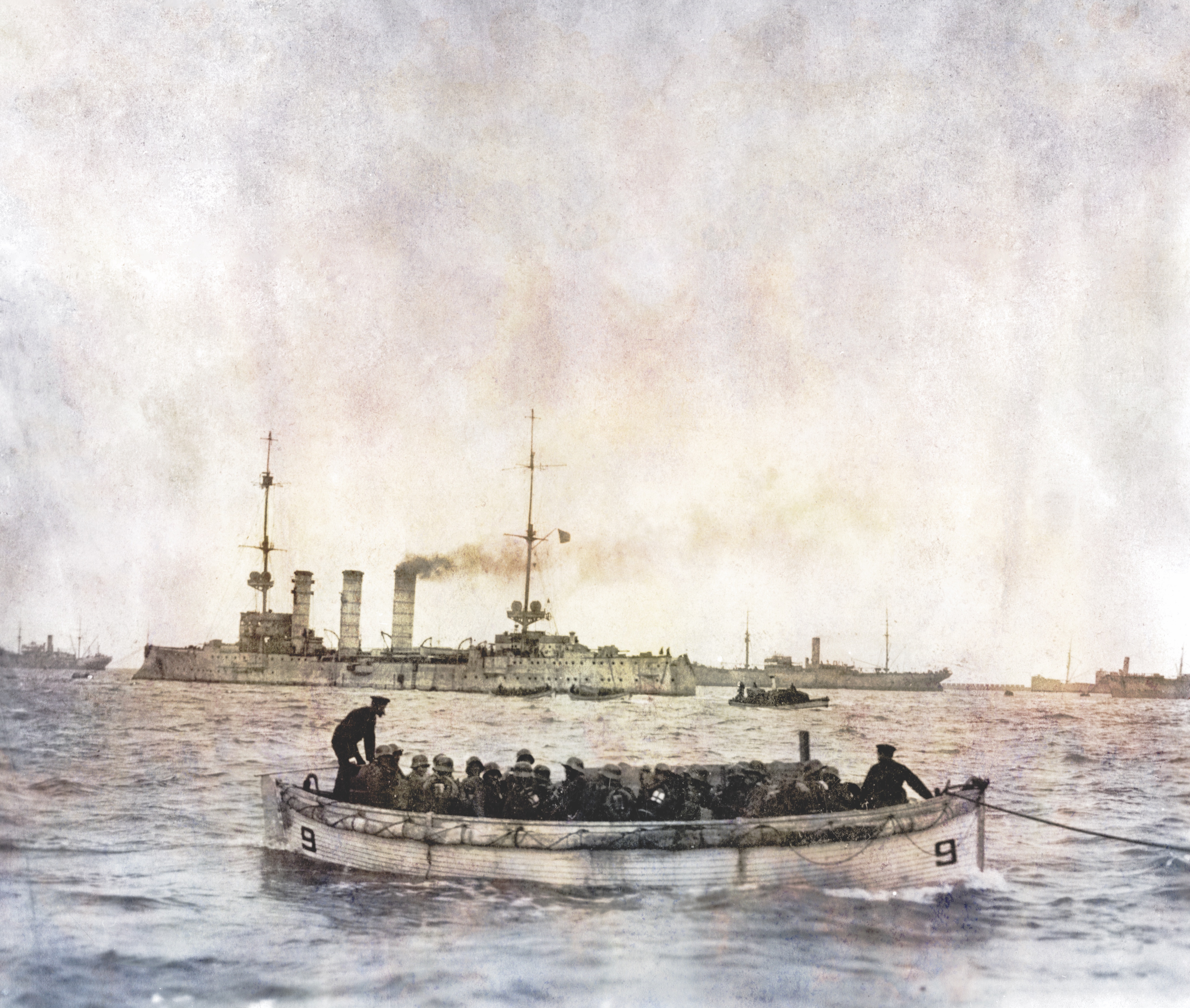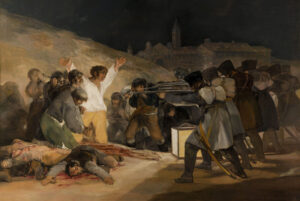By the fall of 1917 the tide of World War I had turned against Germany. Kaiser Wilhelm II’s empire faced a crippling British naval blockade and combat on multiple fronts against a powerful coalition of enemies. Field Marshal Paul von Hindenburg and General Erich Ludendorff, the kaiser’s dynamic duo, knew time was running out. The United States, which had declared war that April, would have enough troops in France by the middle of 1918 to decisively tip the scales in the Allies’ favor. Germany had to win the war or peace before American numbers made the outcome inevitable.
To achieve military victory, the Germans would have to defeat the British and French on the Western Front. But such a war-winning offensive would require a massive boost to German strength in the West—and the necessary troops could only come from the Eastern Front. After three years of war tsarist Russia was tottering and wracked by revolution. If Germany could force Russia to sue for peace, the German General Staff could transfer enough troops to the Western Front for an offensive that could potentially win the war by early 1918, before the Americans arrived in force. In that atmosphere of desperation Operation Albion was conceived.
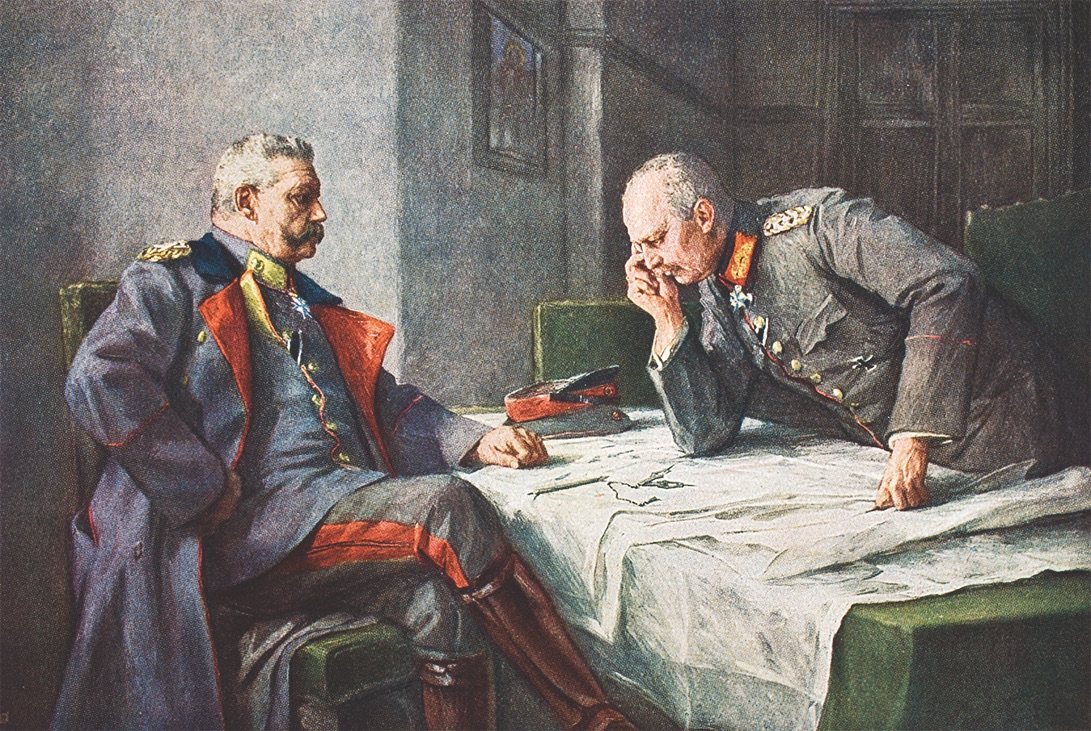
When German troops marched off to war in the summer of 1914, the kaiser assured them they would be home “before the leaves fall.” All such hopes were dashed when the French and British checked the German advance at the Marne River that September. Participants on either side of that savage six-day battle were equally shocked by the bloodletting and quickly entrenched, giving the Western Front the general contours it held until the final year of the conflict. Over the next three years the French and British launched massive offensives against the outnumbered Germans. While the assaults did not achieve decisive results, they inflicted horrendous casualties on the kaiser’s troops.
Germany’s difficulties were further augmented by the requirement to fight on two fronts, for its troops also faced a large Russian army in the East. When Italy entered the war on the Allied side in 1915, Germany and its Austro-Hungarian allies were forced to stretch their limited resources ever further.
The war also placed a great strain on the German home front. At the outbreak of war the British had instituted a naval blockade and classified foodstuffs among the “contraband” Royal Navy ships would not allow through to Germany. Making matters worse, adverse weather conditions in 1915 and ’16 played havoc with German harvests, leading to widespread hunger. The winter of 1916–17 was dubbed the “turnip winter” due to the dearth of food, which the government sought to offset with the namesake root vegetable more commonly used to feed livestock. German civilians could not be expected to endure such hardship indefinitely.
The United States’ entry into the war the following spring had ominous potential long-term consequences for Germany. Long reluctant to commit troops to the “European conflict,” President Woodrow Wilson had finally called on Congress to declare war due to Germany’s decision to recommence unrestricted submarine warfare. Hindenburg and Ludendorff had unleashed the U-boats to target Allied merchant shipping, hoping to choke off Britain in retaliation for its blockade. While the German High Command realized unrestricted submarine warfare would deeply anger the Americans and likely prompt a declaration of war, it dismissed the United States’ military potential.
German disregard for American martial capabilities was not entirely unfounded. At the outbreak of war in 1914 the U.S. Army and Marine Corps were relatively small forces. To make any meaningful contribution to the Allied cause, the United States would have to mount a significant and time-consuming mobilization effort. Troops had to be recruited, trained and deployed across the Atlantic Ocean in transport vessels subject to German submarine attacks. It would take a full year for the United States to transport enough men and materiel overseas to assist the beleagured French and British—and that aid was sorely needed.
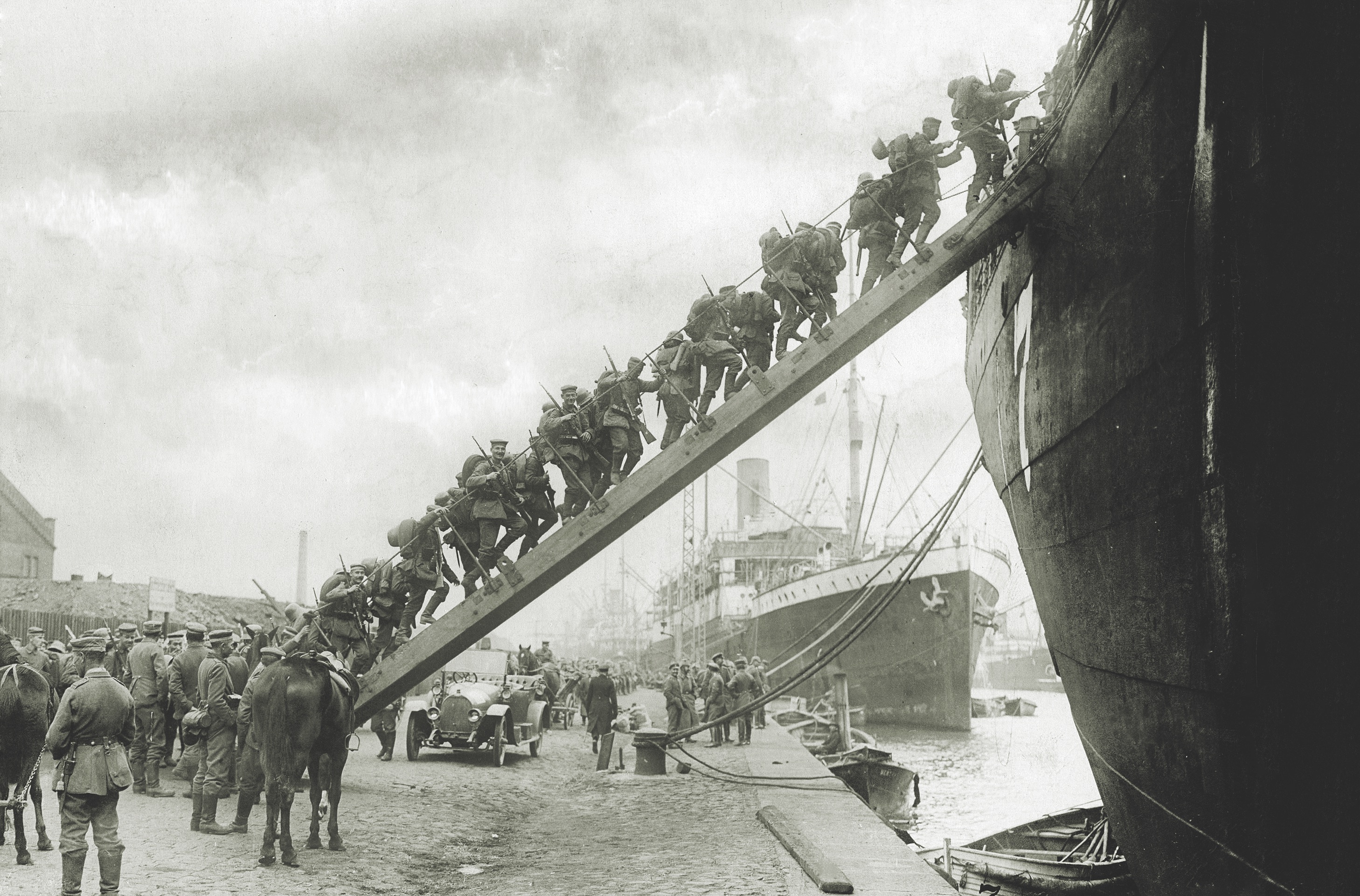
By 1917, after three years of grinding, brutal combat, French and British troops were suffering extreme war-weariness. Conditions were especially dire in France, and that spring thousands of its soldiers—disgusted with their commanders and sick of being butchered in one failed offensive after another—mutinied. Short of fresh troops, Allied leaders decided to hold in place and await the surge of U.S. reinforcements in 1918. The Germans were thus in a race against time to win the war before either the Americans arrived in force and put victory out of reach or morale on the German home front cracked.
The Russians, meanwhile, had serious problems of their own. In March 1917 war-weariness and heavy casualties helped fuel the revolution that toppled Tsar Nicholas II. The provisional government that took over vowed to keep fighting the Germans. Beset by squabbling between rival political factions, however, it came under increasing pressure from the antiwar communist Bolsheviks, led by Vladimir Lenin. The resulting uncertainty and continued dissatisfaction with the war in turn led to a breakdown in discipline among Russian army and navy units. It was not uncommon for enlisted men to meet and debate whether or not to follow their officers’ orders.
In early September the German Eighth Army captured the important Baltic city of Riga, on the namesake gulf, re-energizing Berlin’s hopes of forcing Russia out of the war. If German troops could seize the Baltic islands of Ösel, Moon and Dagö, the German navy could bring pressure to bear on the Russian fleet sheltered within the Gulf of Riga. Control of the gulf in turn would expose the enemy’s right flank nearly to Petrograd (present-day Saint Petersburg), the Russian capital. Such a blow might convince the provisional government to seek peace.
The German army and navy would have to surmount several logistical obstacles if they hoped to conduct an amphibious assault in the Baltic. Any operation would have to occur before late October, when winter weather made a landing impracticable. That left the Germans just six to eight weeks to both plan and execute the assault—an especially daunting prospect, given that the imperial army and navy had almost no experience in joint operations. Moreover, the German military had no amphibious doctrine, nor did Germany possess any specialized equipment for such operations. Thus a successful outcome would be entirely dependent on the ability of the army and navy to make up amphibious assault techniques as they went and make do with the equipment at hand.
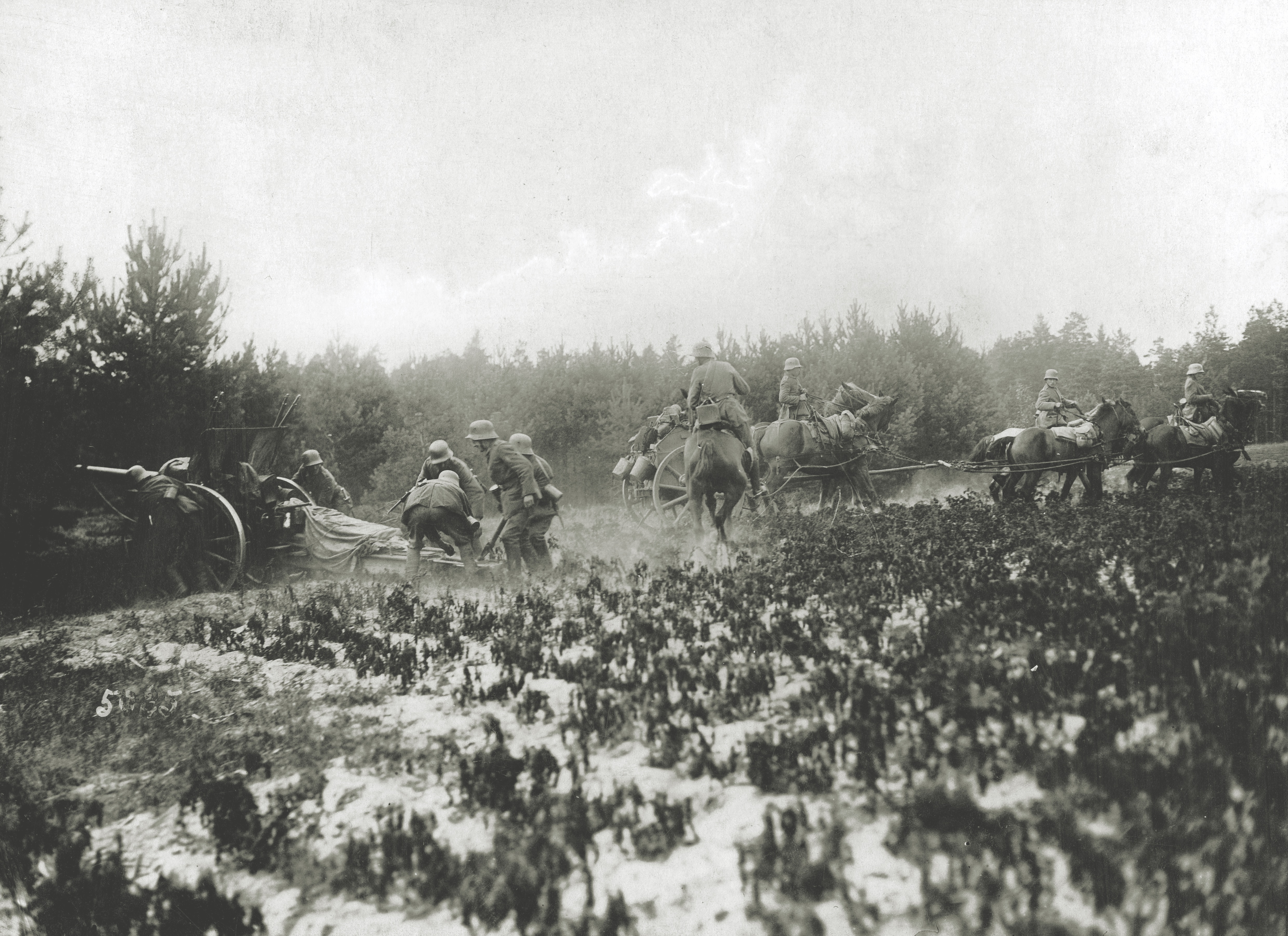
In mid-September the German High Command created a joint army-navy planning group to organize the amphibious assault on the Baltic islands, code-named Operation Albion. The planners earmarked the reinforced 42nd Infantry Division as the main landing force. They also identified elements of the German High Seas Fleet for participation. Its warships would provide covering fire while transports landed troops on the central island of Ösel.
The operational plan demonstrated great resourcefulness. The main landing force would come ashore at Tagga Bay, on Ösel’s northwest coast, with a secondary landing at Pamerort, midway across the island’s north coast. One vital objective was Orissar, a town on Ösel’s east end, from which a 2-mile stone causeway crossed to adjoining Moon. The German plan called for bicycle-mounted infantry to go ashore at Pamerort, race to Orissar, defeat any enemy troops they encountered and establish defensive positions to prevent Russian forces from either leaving or arriving on the island via the causeway. The German cyclists would have to cover some 25 miles to reach Orissar. Furthermore, they could not carry heavy weapons, so the main landing force would have to meet its objectives and relieve the Orissar defenders as quickly as possible.
German preparations continued into early October 1917. Assembling at Libau, farther down the Baltic coast, the landing troops boarded 19 steamers pressed into service from every port along the German-occupied Baltic coast. Finally, with preparations complete, the German amphibious force gathered at sea and sailed north on October 11. German minesweepers led the way, clearing a path to the islands through Russian naval minefields.
The assault began early the following morning, as German ships steamed into Tagga Bay. Though three vessels—the battleships Bayern and Grosser Kurfürst and the transport Corsica—struck mines, none sank, and German assault troops soon streamed ashore on both sides of the bay. After securing the landing area, the attackers seized the airfield at Papensholm and struck out for their inland objectives. One regiment marched south to seal off the Sworbe Peninsula, where Russian heavy guns thwarted naval access to the Gulf of Riga, while the rest of the division moved southeast toward Arensburg to engage the main Russian forces and prevent their escape. Meanwhile, the secondary German landing force at Pamerort met with little resistance and reached Orissar by midday. Surprising the Russian defenders, the German cyclists soon established a bridgehead on the Ösel end of the causeway to Moon.
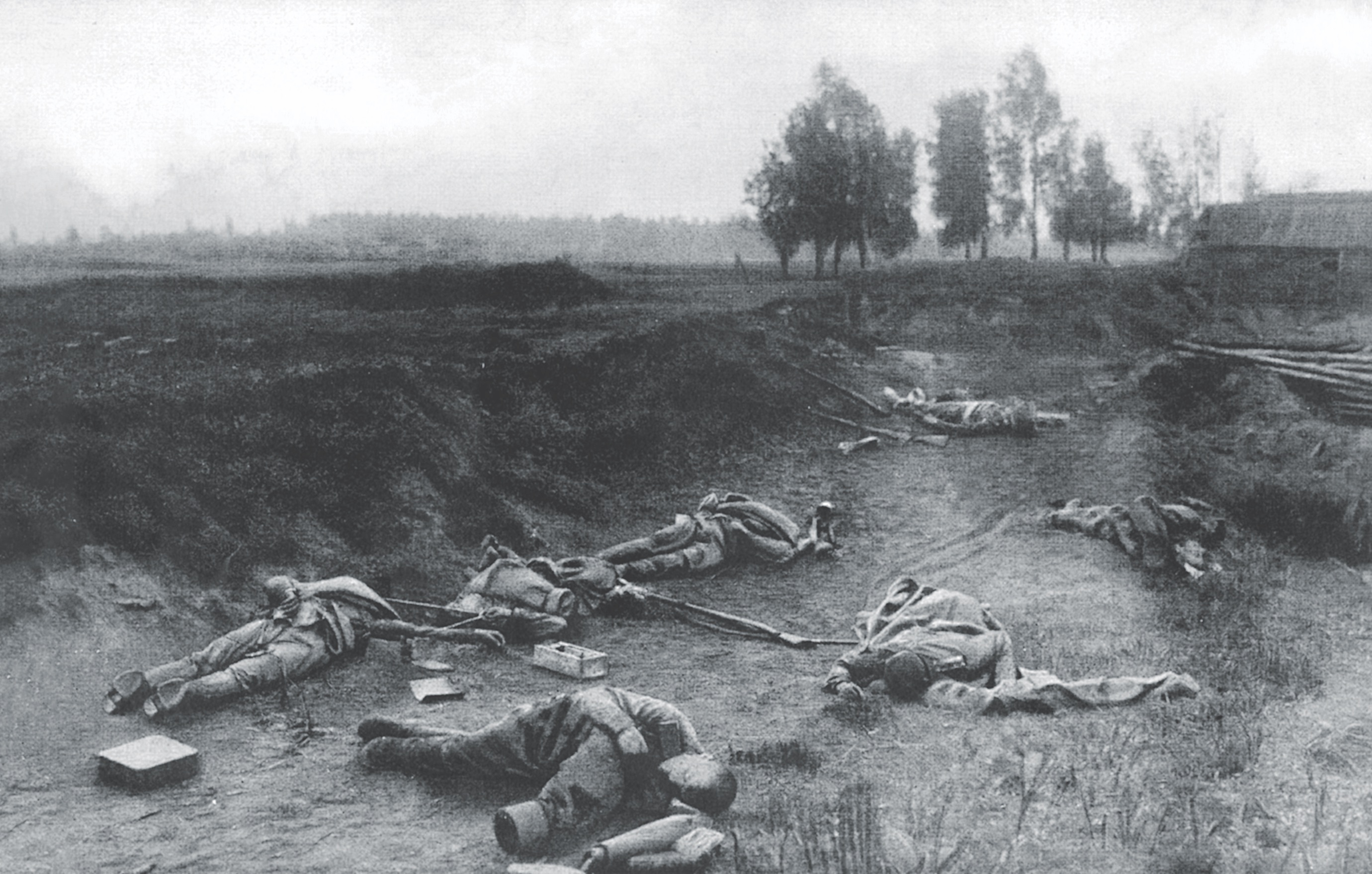
Russian commanders on the islands had assumed poor weather would render a German amphibious operation impossible. Shocked by the sudden appearance of assault forces, they failed to react aggressively. Some panicked altogether. When informed of the German landings, Rear Adm. Dimitry Sveshnikov, commander of the islands’ defenses, abandoned the Russian forces on Ösel and hopped a ship bound for the Estonian mainland.
The Germans spent much of October 13 moving troops into position. At the south end of the Sworbe the fortress of Zerel dominated the Irbe Strait, the western approach to the Gulf of Riga. With a German regiment blocking the north end of the peninsula, however, the Russians on the peninsula were trapped. Elsewhere on the island Russian units still able to maneuver coalesced under General Fyodor Ivanov, commander of the 107th Infantry Division. He ordered the bulk of his forces east to the causeway at Orissar, intending to hold open the door for any reinforcements from Moon and secure the Russians’ line of retreat. In their path were the Germans of the secondary landing force. After a bitter fight, the outnumbered and outgunned bicycle troops relinquished their hold on the causeway late that night, but they remained close enough to lay down effective fire on the crossing point, enough to prevent the Russians from leaving Ösel en masse.
On the morning of October 14 the German regimental commander blocking the Sworbe resolved to negotiate a Russian surrender rather than launch a potentially costly frontal assault. Meanwhile, German warships pounded the Russian naval batteries at Zerel. Resistance was light, as the demoralized Russian gunners ultimately refused orders to fire at the German ships. Throughout the day the hopelessness of their position became apparent to the isolated troops. Negotiations continued through October 15. Finally, on the morning of October 16 the commander of the 5,200-strong Russian garrison surrendered. With resistance on the peninsula ended and the fortress at Zerel neutralized, the door was open for the German navy to enter the Gulf of Riga and confront the outclassed Russian warships sheltered within.
Even as the Russian forces on the Sworbe were debating whether to surrender, events at Orissar were reaching a decision point. After a grueling forced march, elements of the German 42nd Division had arrived in the vicinity of the causeway on the evening of October 14, relieving the beleaguered bicycle troops. At the same time the main body of the Russian 107th Division had reached the outskirts of Orissar and seemed on the verge of breaking through to Moon. At that critical moment German torpedo boats arrived in the channel between Ösel and Moon. The gunners aboard opened fire on the Russians seeking to force the causeway, further thwarting their attempts to retreat.
Fighting continued into October 15, and it was with some surprise that afternoon the Germans learned that General Ivanov—unable to withdraw from Ösel and with a large German force at his rear—wished to surrender the remnants of the 107th. In the end Ivanov ordered his troops to either surrender or make for the mainland in whatever small boats they could commandeer, while he himself was captured by the Germans.
There was one more act left in the drama. With the Gulf of Riga no longer a safe refuge, the Russian navy was forced to fight or flee. It did both, in the process suffering the loss of several ships, the most important of which was the battleship Slava. With Ösel secured, German forces soon seized adjoining Moon and Dagö, north of Ösel, completing the reduction of Russian defenses protecting the Gulf of Riga and the approaches to Petrograd.
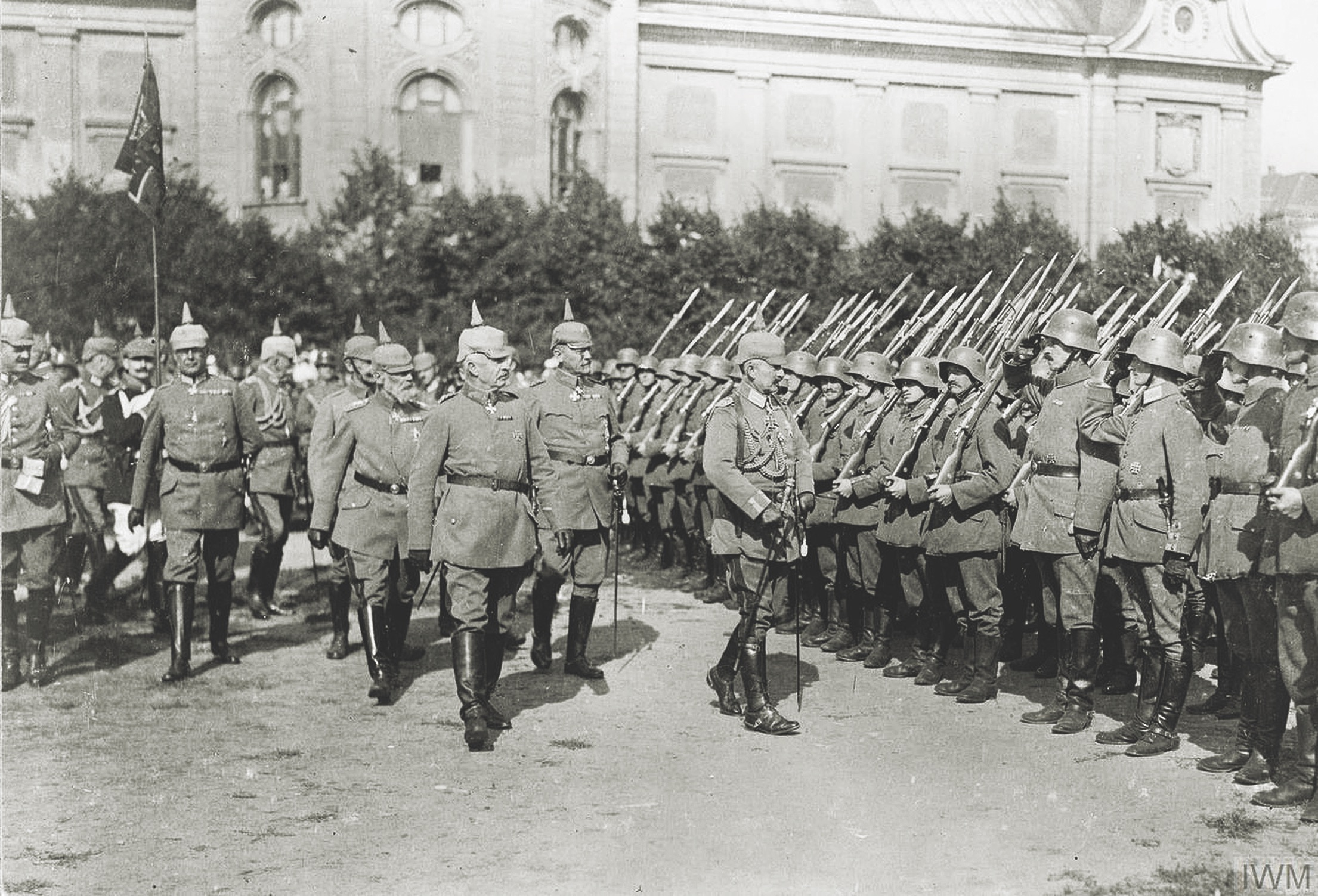
Wrapped up by Oct. 20, 1917, Operation Albion was in many respects an unqualified success. With slight losses, a combined amphibious force of the German army and navy had inflicted a sharp defeat on Russian forces defending the eastern Baltic, captured the greater part of a Russian division and seized the key to the Gulf of Riga. With the Baltic islands and gulf firmly under German control, the enemy’s northern flank on the European mainland lay exposed virtually to the Russian capital.
Despite such impressive results, it is difficult to determine whether Albion had the strategic impact the German High Command had sought. Hindenburg claimed the subsequent October Revolution by the antiwar Bolsheviks was a direct result of the Baltic victory, while Ludendorff was uncertain. The revolution did break out days after the conclusion of Albion. With Lenin at the helm, the Bolsheviks soon negotiated the Russian exit from the war, thus enabling Germany to transfer more than 1 million troops to the Western Front for the Spring Offensive, or Kaiserschlacht (“Kaiser’s Battle”), which began in mid-March 1918. That offensive initially met with smashing success, in that German armies were able to measure their advances in miles, whereas previous Allied attacks had measured gains in yards.
Despite such German successes, the Allies, increasingly reinforced by American troops, held on. The German army and home front eventually reached the limits of their endurance and began to crack. Allied numbers and industrial might ultimately prevailed, and it was Germany that requested an armistice in November 1918.
Although largely forgotten, Operation Albion is worth remembering from a tactical standpoint. German army and navy officers demonstrated superb adaptability in their efforts to develop amphibious landing techniques on short notice and ability to match their plans to the available equipment, while their soldiers and sailors performed well throughout the campaign. Hindenburg was doubtless correct in writing that Albion was “the one completely successful enterprise on either side in which an army and a fleet cooperated.” MH
Gregory A. Thiele is a retired Marine Corps lieutenant colonel. For further reading he recommends Operation Albion: The German Conquest of the Baltic Islands, by Michael B. Barrett, and Battle for the Baltic Islands, 1917: Triumph of the Imperial German Navy, by Gary Staff.

